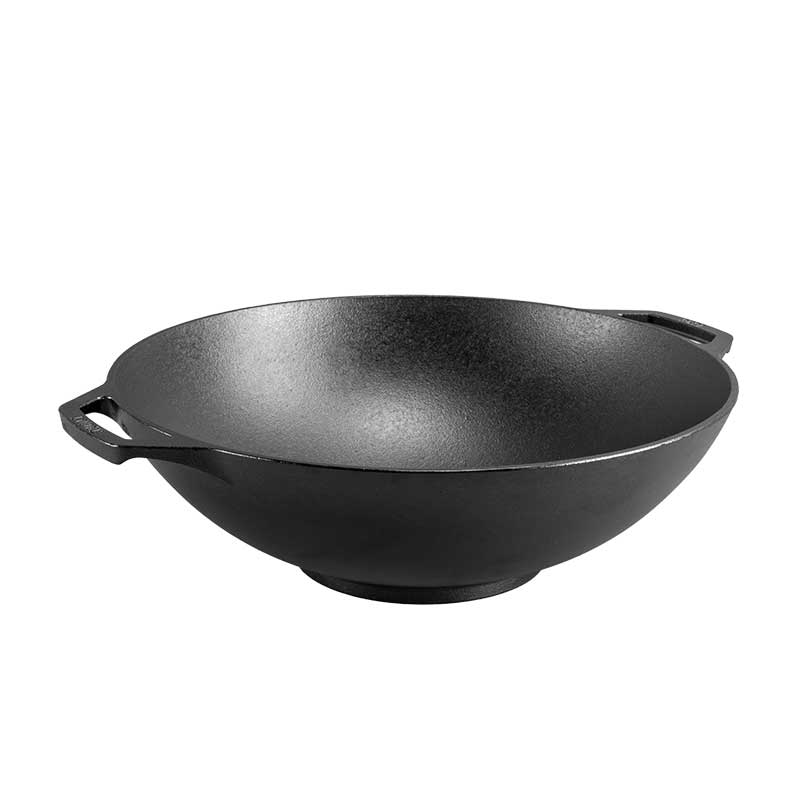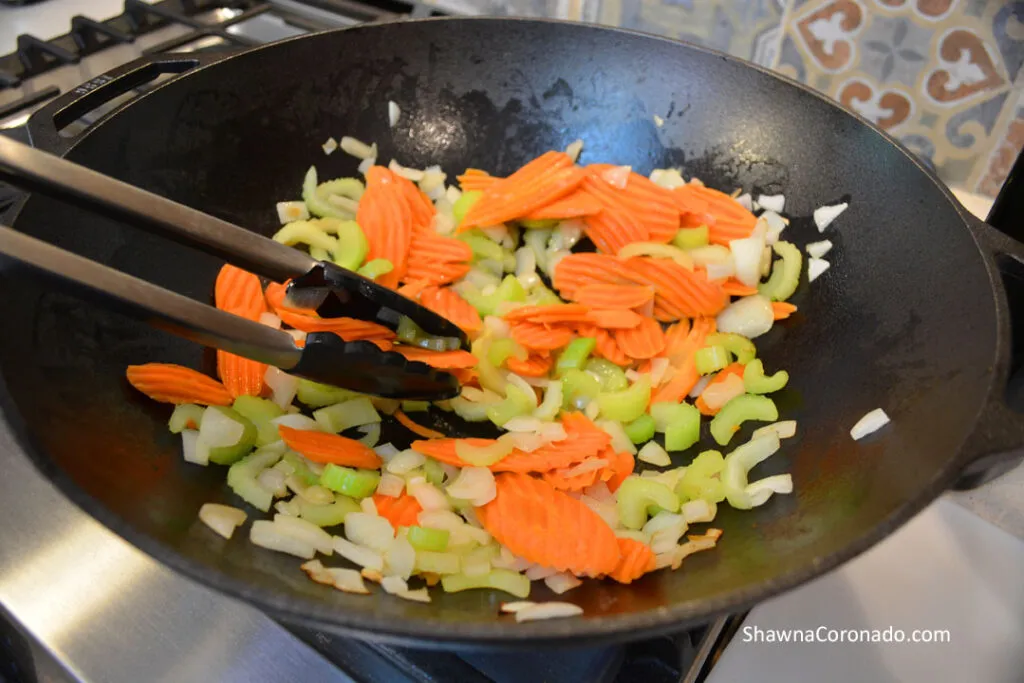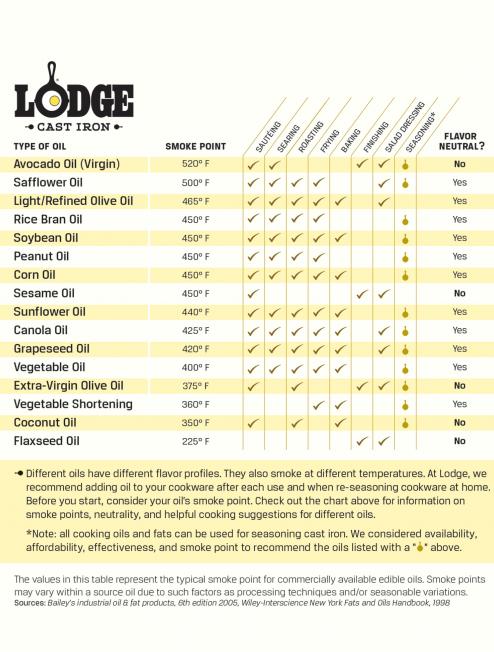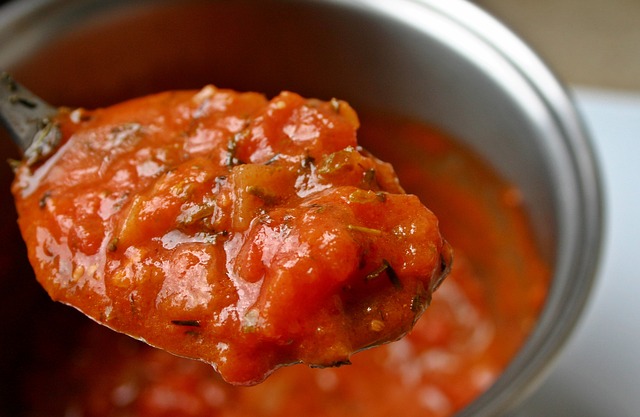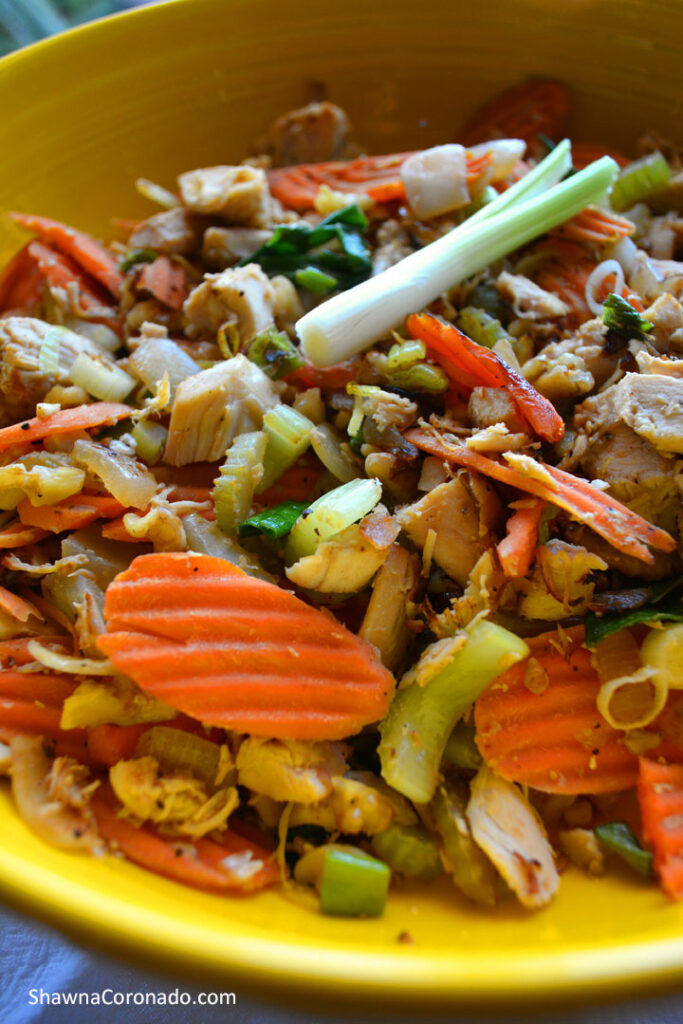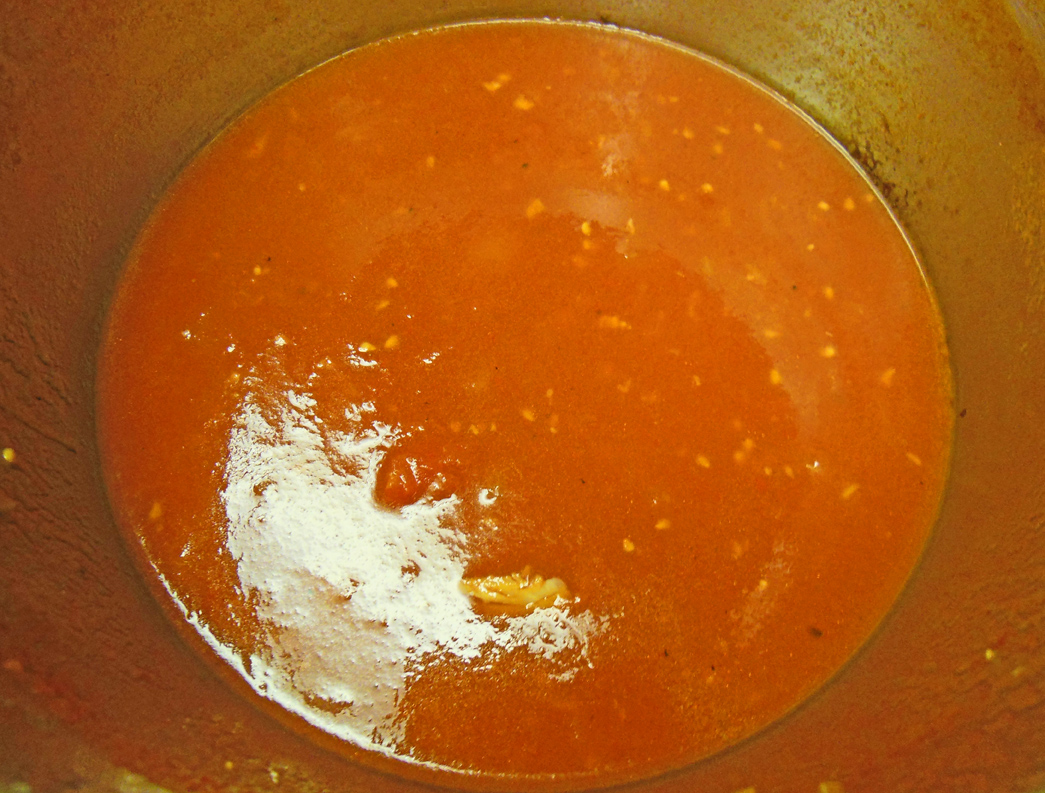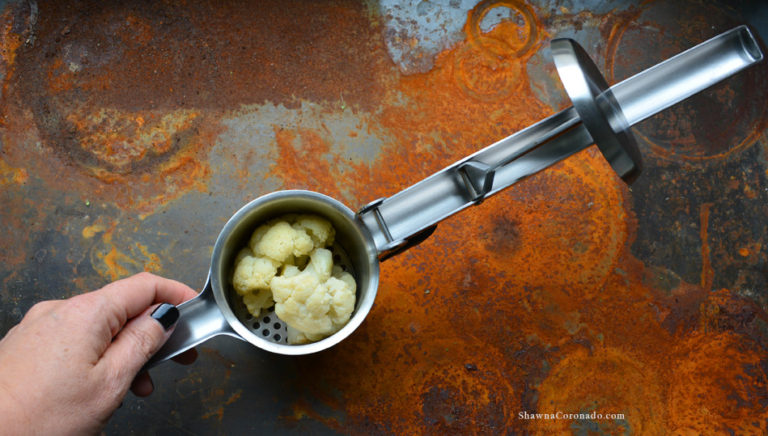MODERN CAST IRON WOK COOKING 101 – Ultimate Guide
The Ultimate Guide – Modern Cast Iron Wok Cooking 101
Modern Cast Iron Wok Cooking 101 is ALL ABOUT VERSATILITY. Back in the olden times, we thought that wok-ing was only about the Asian stir-fry. Times have changed and I use a cast iron wok in my kitchen for all kinds of creative and anti-inflammatory cooking. I love my wok (see my favorite recipe below) and think you should try cooking with a cast iron wok in your kitchen.
Remember this secret for cooking in a wok – heat your oil in wok over medium heat. The pan is ready when you toss in a few drops of water and it pops and sizzles on the pan. If the water drops evaporate quickly, then the pan is too hot. Now – let’s begin with Modern Cast Iron Wok Cooking 101!
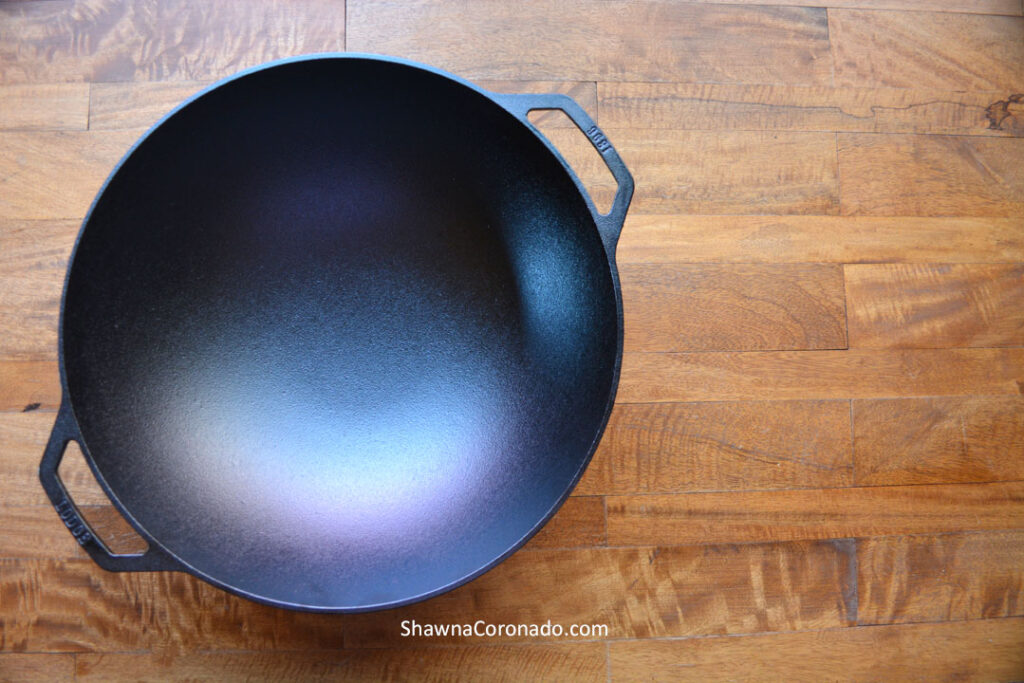
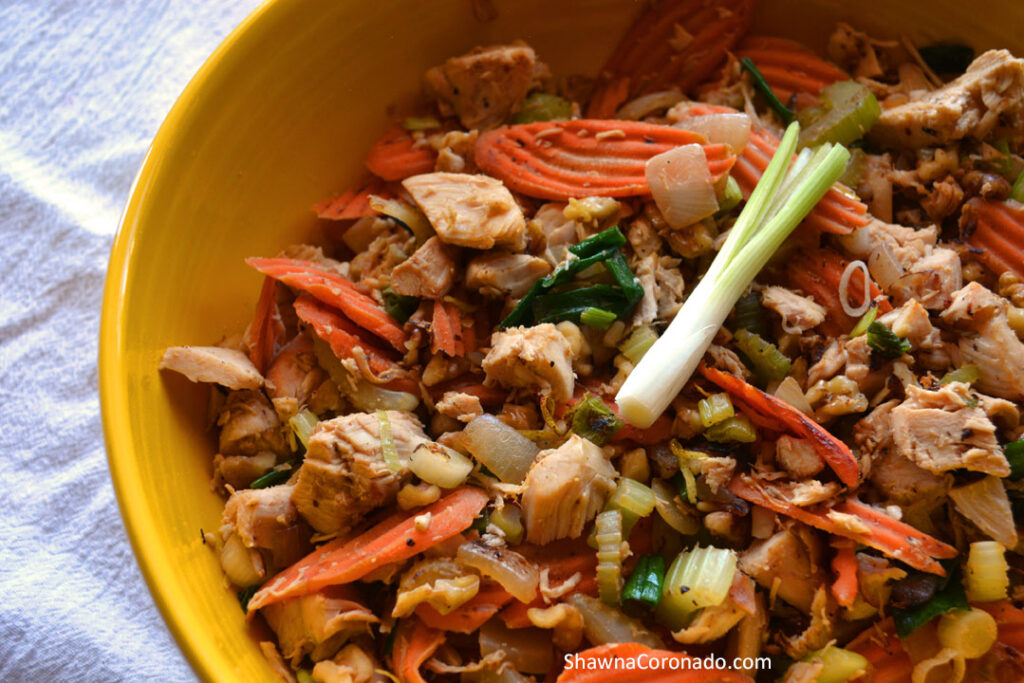
My Favorite Recipe for a Non-Traditional Stir-fry
Chicken Lemon Walnut Stir Fry is absolutely delicious and will be a great recipe to add to your family stir-fry recipes. We are starting off with my absolute favorite non-traditional stir-fry for the pre-seasoned wok (learn how to season a cast iron wok down below) because I adore the flavors in this recipe.
If I have leftover roasted vegetable, I often toss it in with the stir-fry. The reason I put the lemon juice in last is because iron skillets lose their seasoning with acid, so it is better to put strong acids on once the food is out of the pan. If you want to learn how easy it is to zest a lemon, check it out here. Make this Chicken Lemon Walnut Stir Fry recipe with pre-cooked chicken such as rotisserie chicken OR raw chicken; both are delicious!
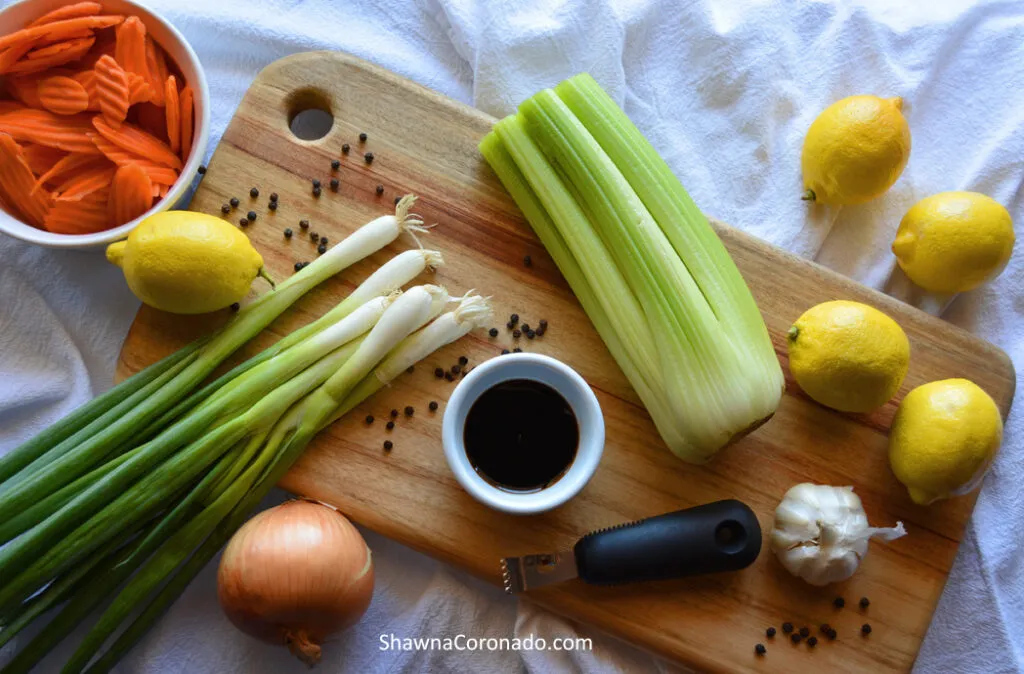
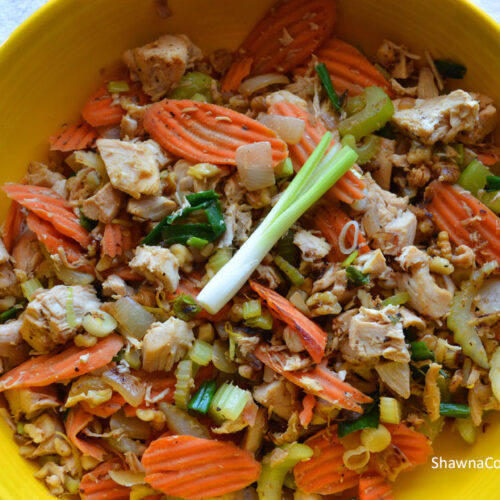
Chicken Lemon Walnut Stir Fry
Equipment
- 1 cast iron wok or skillet
Ingredients
- 3 boneless chicken breast or 6 cups pre-cooked chicken, cut into bite-sized pieces
- 3 tsp high smoke point oil such as avocado oil (see suggested list below)
- 2 cups carrots, chopped in rounds or slices
- 1 1/2 cups celery, chopped in slices
- 1 yellow onion, diced
- 3 green onions, diced
- 1 cup walnuts, chopped
- 2 lemons, juiced and zested
- 2 tsp organic coconut aminos (or soy sauce if you can have soy – not required)
- ground pepper to taste
- 1 cup cauliflower rice, brown rice, or quinoa (not required)
Instructions
- Cut and measure all foods before heating pan and have ready to toss into mixture.
- Heat oil in wok over medium heat. The pan is ready when you place a few drops of water in the pan and it pops and sizzles on the pan. If it evaporates quickly, then the pan is too hot.
- Add raw chicken and cook until browned BEFORE you add vegetables, but if using pre-cooked chicken, add chicken AFTER vegetables are cooked.
- Put carrots, celery, and yellow onion into wok, stirring and cooking until golden and cooked to your preferred tenderness.
- Add green onions and walnuts, heating through.
- Place lemon zest (and pre-cooked chicken, if you did not use raw chicken) in pan and toss quickly until warmed through.
- Turn off heat.
- Add coconut aminos or soy sauce (or don’t if you prefer it without a soy flavor – you might add salt instead).
- Place in serving bowl, then drizzle the juice from the two lemons over the mixture and ground pepper to taste. Toss vigorously.
- Serve over cauliflower rice, brown rice, or quinoa.
Benefits that Make Cooking in a Cast Iron Wok Healthier for You
Cooking in cast iron can be beneficial and healthy. Below is a list of reasons why cooking in a cast iron wok can be better for you.
1. Use Less Oil –
A properly seasoned cast iron wok uses less oil than other types of frying pans, but contains more food. Less oil equals less fat. While some fats are good for you, many cooking oils are made from saturated fats. This means that using less can be healthier.
2. Versatile Cooking –
Hot woks are typically used for steaming, stir-frying, and braising. A wok is also excellent for low temperature cooking like simmering and sweating onions or garlic. While I cook with the iron skillet on the stove, I also use the wok for creative salads and other side dishes using varying temperatures.
3. Even Cooking –
When cooking with a sauté pan a hot spot develops at the center of the pan which makes for uneven cooking. A wok gets hot and stays hot, both the center and the sides. This heat enables you to cook quickly and evenly by moving the food around within the pan.
4. Cast Iron Woks or Pans Stays Hot –
Once the wok reaches a hot temperature, the heat stays there. Once you are done cooking, the food will stay warm because the pan holds the heat for quite a while.
5. Cook in 8 Minutes or Less –
It is very easy to cook an entire meal in a wok in 8 minutes or less. This makes it an excellent candidate for your kitchen if you are following The 8 Minute Method.
6. Non-Stick Without Extreme Toxicity –
The FDA says that toxic nonstick cookware chemicals called PFAs (per- and polyfluoroalkyl substances) are contaminating our kitchens and our national water and food supply. With this in mind, the FDA is discouraging use of non-stick products with PFAs. These toxic substances have been found in nearly 98 percent of the American population. Cast iron can be seasoned, which creates a non-stick barrier when cooking. American cast iron skillets and woks do not expose you to these chemicals. Iron can leach into the food you cook in the pan, but the amount is small which means you will get extra iron in your diet (ask your doctor if you are concerned).
.
What is the Best Oil to Season and Cook with in a Cast Iron Wok or Pan?
Cast iron woks and pans are sometimes seasoned and sometimes not. If the pan is a silver-gray color, chances are it has not been seasoned. Most seasoned pans appear black or dark colored.
The base cooking oil for a wok or cast iron pan of any sort should have a high smoke point. Below is a guide from the Lodge Cast Iron company as to which oils might be best. What you choose depends on your allergies and health needs, and of course, flavor preference.
Allergies and Animal Fat in the Wok
Because I am allergic to peanut oil and cannot have corn or soybean oil, I typically use avocado oil or light-colored refined olive oil. To be clear, a refined olive oil IS NOT THE SAME as extra-virgin olive oil.
Animal fat, such as lard, can be used regularly in your cooking. However, if you put your cast iron up for a while, the animal-based fats that are layered on the pan can go rancid and be harmful for your health. With this in mind, I do not recommend using animal fat as a first choice.
While seasoning and hot-cooking in a wok you will need a high smoke point oil, it is perfectly okay to add sesame oil or another uniquely flavored oil in your cooking as an additional flavor profile. Be sure you use a higher smoke point oil for the basic cooking process.
What does Seasoning a Pan Mean?
When I say “season” I mean to apply a layer of oil that is baked onto the cast iron through polymerization. That’s a fancy word that describes the process of molecularly bonding oil to iron. Without that layer of magical carbonized oil, cast iron cookware will rust and corrode.
Seasoning gives your cookware a quick-release finish that makes your pan non-stick in nature. The more you use your cast iron, the more that layer builds up. The pan will become darker and smoother over time.
How do You Season and Maintain a Cast Iron Wok or Cast Iron Pan?
According to Lodge Cast Iron, a cast iron product can be used for generations if seasoned properly. Purchasing a cast iron skillet or wok is like investing in your family – which is one of the reasons I love my wok so much.
Another reason is that I do not have to lift the wok while cooking. When I use flat skillets, I usually have to lift the skillet ONE-HANDED at the end to tilt the hot food out. The sides are not tall enough to scoop out food easily as it falls over the side. This lifting has hurt my osteoarthritic joints in the past and I have burnt myself a couple times.
My 14-inch 7.25-quart cast iron wok is definitely heavier than most pans. Because my specific wok has a flat bottom (see below), I can lift it up two-handed before I start cooking, place it firmly on my cooktop, cook, then use tongs or a scoop to get the food out. Once cooking is done, I can move the pan two-handed after it cools to clean it.
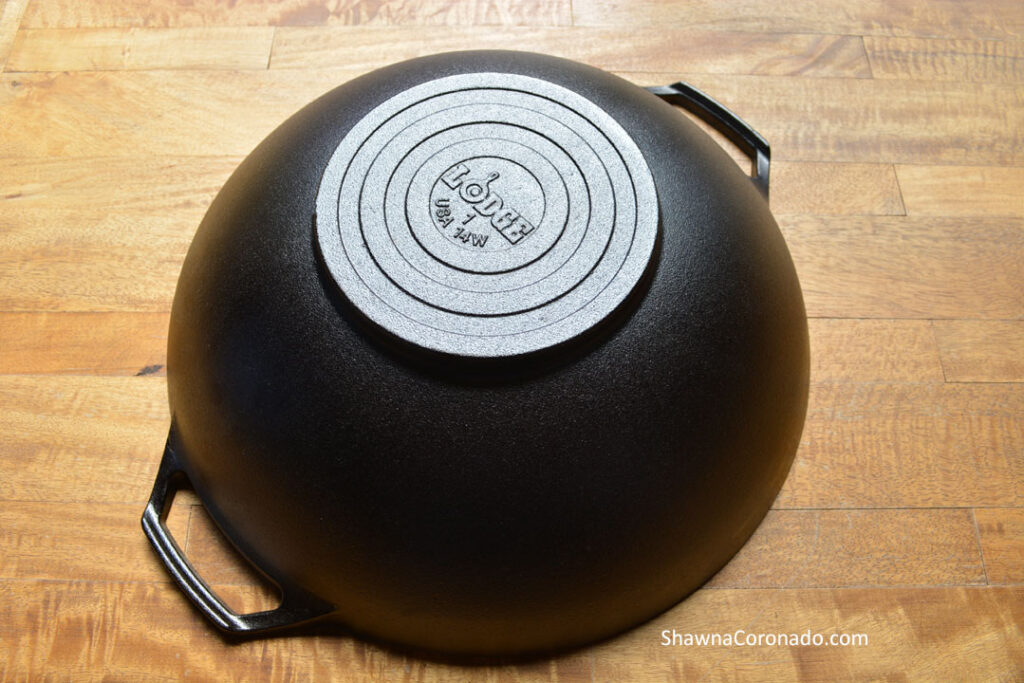
Steps to Season and Maintain a Cast Iron Wok or Pan
If you have a new pan that needs to be seasoned for it’s first use, a pan that had its seasoning eaten off with food acids, or if you are restoring a rusty cast iron pan, you will need to season the pan fully.
Step 1 – Clean your cast iron pan
Using warm, soapy water, scrub the pan well. Be sure to get any cooked bits, rust, and particles off the pan. Rinse well and hand dry with a dry towel (do not air dry).
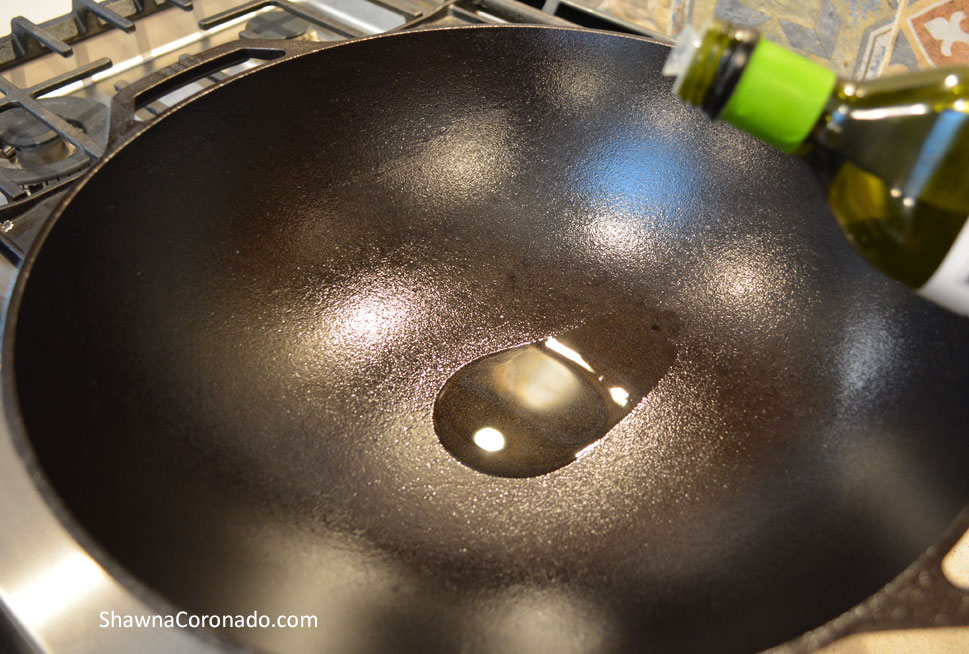
Step 2 – Apply a recommended oil to cast iron
Apply a very thin layer of a recommended oil. The oil should have a very high smoke point. Place the oil on the inside and the outside of the pan with a soft cloth or paper towel. Too much oil will leave the pan sticky and gummy. Use a very thin layer.
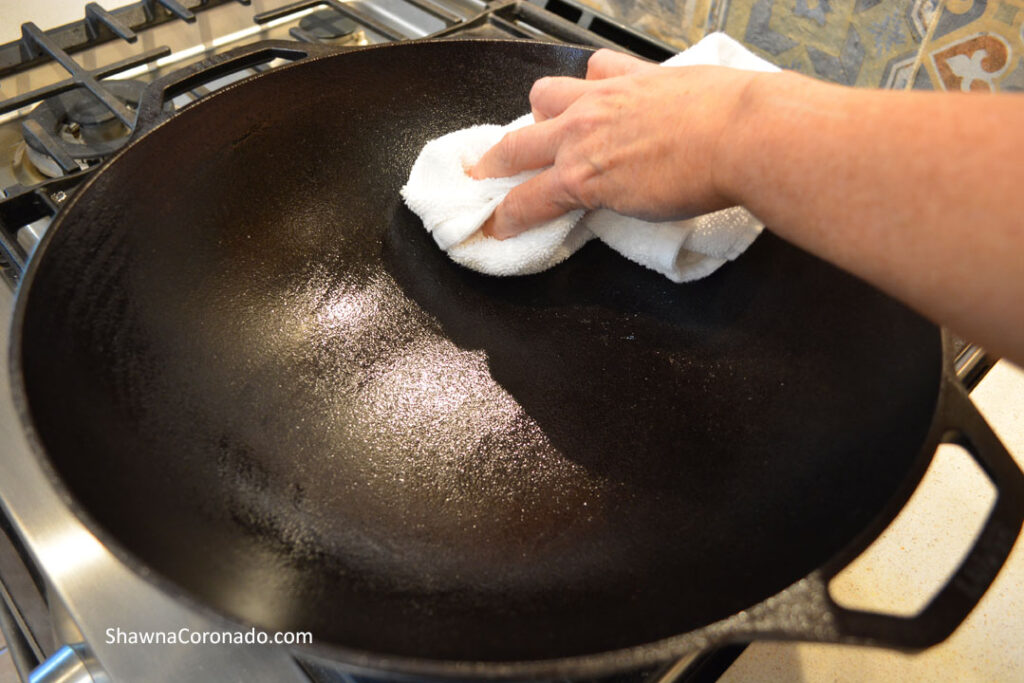
Step 3 – Bake the pan upside down in the oven and let cool
Heat an oven to 450 to 500 degrees Fahrenheit (232 to 260 degrees Celsius). Put a sheet of aluminum foil or a very large baking sheet on the bottom rack in order to catch any oil drips. Then set the iron pan upside down in the oven on a rack. Bake for 60 minutes. Allow to cool in oven. The pan is now ready to use.
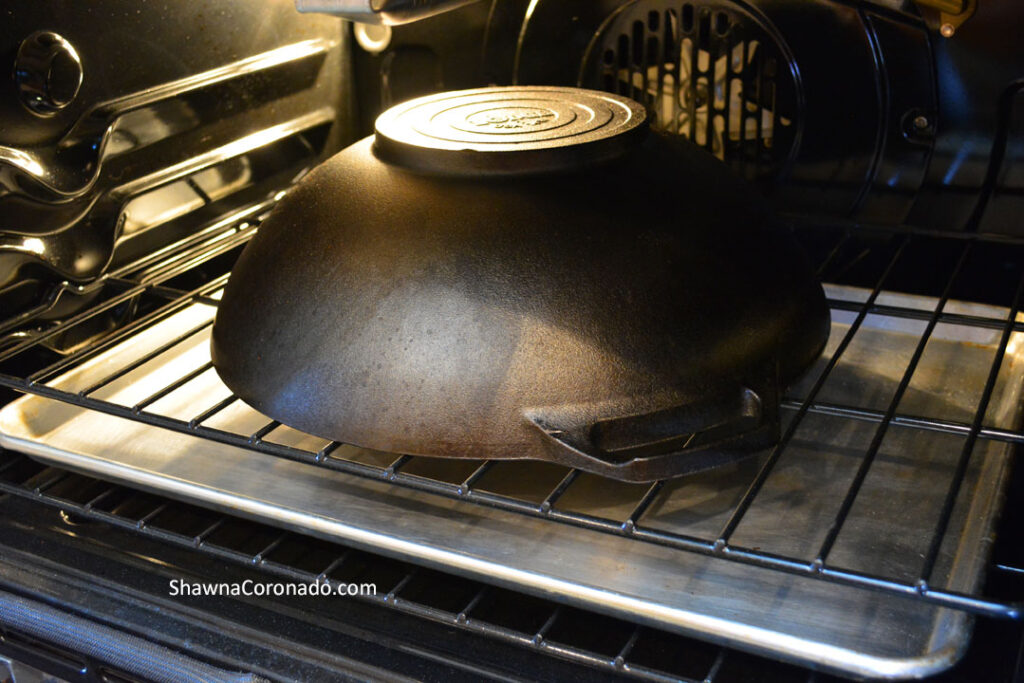
Step 4 – Cast iron maintenance
Every time you cook with the pan you should clean, dry, and coat with a thin layer of oil. The process is very easy. Just scrub the pan with salt and a nylon brush if it needs cleaning, rinse with water, dry by setting on top of the stove for a few moments on a low temperature, then apply a very thin layer of oil, let cool on top of stove, then put away after it is cool.
What Should You NEVER do with Your Cast Iron Pan or Wok?
While iron cookware might look indestructible, the truth is it can corrode and wear like any other type of iron. In order for a pan to last-and-last, it is important to keep the pan seasoned at all times.
Do NOT add acids to the wok!
Acids like vinegar, soy sauce, citrus juice, tomato sauce, tomatoes, or peppers should not be regularly used in your pans because it will eat away at the seasoning, eventually removing it. Then you will have to re-season the pan in order to preserve the special seasoning. If you need to add more acidic ingredients, try adding the acids last and in small quantities.
Do NOT scrub the seasoning off!
Another thing to avoid is heavy scrubbing with harsh detergents. While a little soap and water will not hurt the pan, heavy scrubbing with lots of soap or detergent is not a good idea. If you have something on the pan, try rinsing with water and giving it a scrub with a nylon scrub brush first.
The best way to season your pan is to cook with it as often as possible using recommended cooking oils. Every time you cook, you are adding another seasoning layer to the pan.
What is the Best Thing to Cook in a Wok? My secret is to break the rules and find out – here is a list!
Like many people with inflammatory and auto-immune conditions, I can no longer have soy. While not all Asian-style dishes have soy in them, the question remains of “What CAN you cook in a wok that does not have soy?” The easy answer to this is “Anything you want!” I cook all kinds of food in my cast iron wok, not just Asian-style food. The only foods I avoid are strong acid-based foods.
Soy-Free Stir-Fry –
My parents used to famously cook this dish they called “Chinese Chicken” in a hot pan. I remember it well because it was really the first Chinese-anything I ever tasted. It had a lot of garlic and soy sauce. Since I no longer eat soy regularly, I have found organic coconut aminos as a good substitute. Another thing I do – just leave the soy out of the recipe entirely. Recipes without soy sometimes need a little salt, but otherwise, taste great.
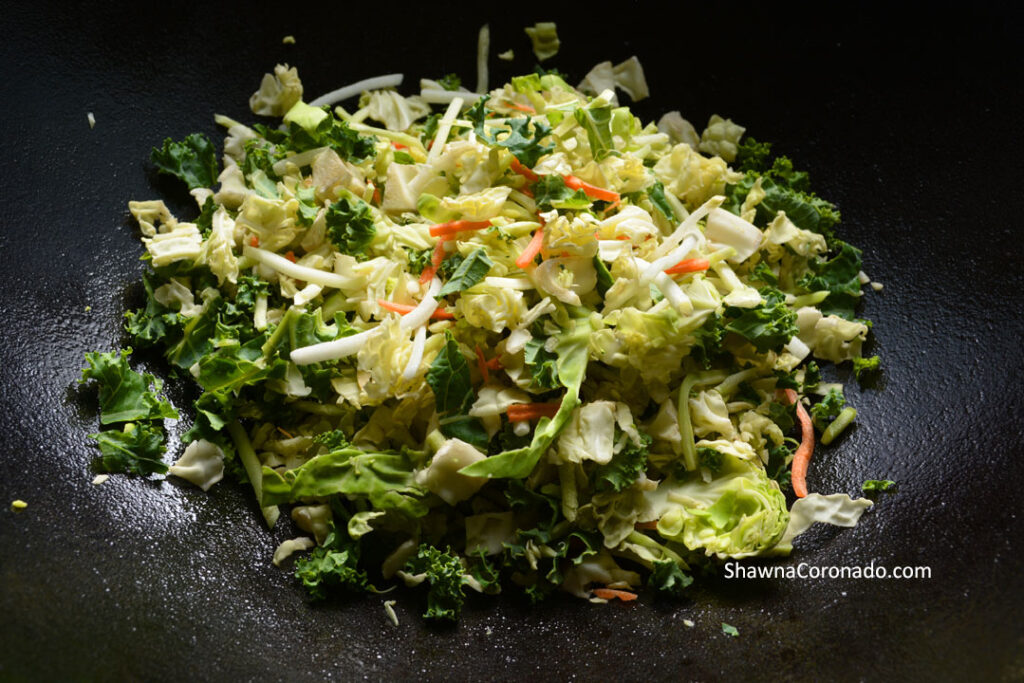
Acid-Free Salad –
SALAD?!?! WHUT? Am I crazy? No! I cannot have heavy acids and traditional salad dressing has a lot of acid. Tossing salads works great with a wok. Place a bit of smooshed garlic and grated ginger in the base of the wok with salad oil, then heat on low. Just enough to sweat the garlic and ginger and release the flavor in the oil. Then turn off the heat. Add tahini, a bit of maple syrup, salt and pepper, then stir. Loosen the dressing up with a little water and whisk. Throw mixed greens directly in the cooled mixture. Toss. Blow your mind GOOD!
Soup or Stew –
Start with cooking vegetables and meats in the base of the pan with a tiny bit of oil. Stir fry the veg and meats first, then add broth, seasonings, and simmer. It’s a quick soup. Braise meats in the wok before simmering stew slow and low for lots of flavor.
Scrambled Eggs –
Super delicious scramble! I love to scramble up eggs with my leftover roasted vegetables and a little garlic. In fact, because the seasoning in my cast iron wok has some flavor it transfers to the cooking, the eggs taste absolutely delicious.
Burgers and Sausages –
I love a good turkey burger or sausage. It’s easy to cook up if you place the meat around the edges of the pan. Toss in onions, mushrooms, or vegetables in the base of the pan and cook them in the center while the meat is cooking around the edge.
Steam Vegetables and Seafood –
Fill the wok with several inches of water and get it boiling. Then place a bamboo steamer or aluminum steamer over the top. Plop in fish, seafood, or vegetables and away you go.
Pop Popcorn –
Seriously. Popcorn. While I am corn-free, many members of my family are not and a wok is absolutely perfect for popping popcorn because of the quick heat that builds at the base of the pan.
There you have it – Modern Cast Iron Wok Cooking 101. Delicious and flavorful cooking – fast – in the kitchen is now at your fingertips.
.

